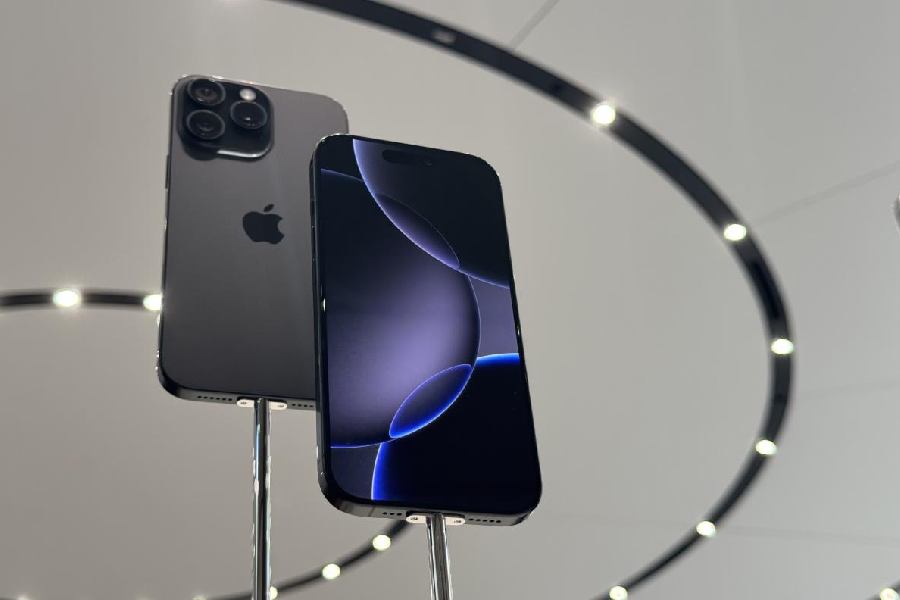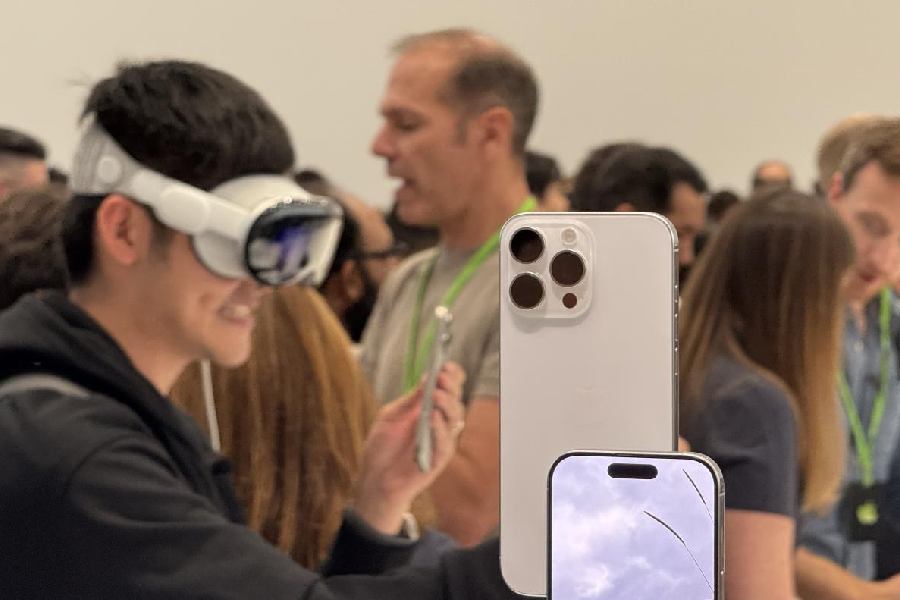People often ask why I use the iPhone to shoot pictures and videos. The answer is simple: Who wants to miss an interesting shot? In the bagful of features highlighted during the September 9 keynote is the announcement that Apple is bringing 4K frames per second slow motion video recording and spatial audio to the iPhone 16 Pro. My interest lies in the more cinematic capabilities to the iPhone 16 Pro with slow-motion effects.
Apple's Pro model iPhones have always pushed photographic prowess. The iPhone 16 Pro and Pro Max come with a new 48MP Fusion camera with a quad-pixel sensor and 4K120 fps video recording in Dolby Vision and HDR.
The company says this is the "highest resolution and frame-rate combination ever available on iPhone, and a smartphone first”.
That quad-pixel sensor can read data 2x faster, allowing zero shutter lag for 48MP ProRAW or HEIF photos. The new 48MP Ultra Wide camera also features a quad-pixel sensor with autofocus and the iPhone 16 Pro benefits from the new Camera Control button.
Where the Pro model shines is that users can shoot 4K 120fps video in HDR at either full speed or in slow motion. That’s not all: iPhone 16 Pro's higher frame rate capabilities will let you adjust the video speed after you've recorded a video in the Photos app. Remember, how we can adjust the focal point of a still shot after taking a picture?

iPhone To Pro and iPhone 16 Pro Max now take spatial photos in addition to videos to help users relive memories with remarkable depth on Apple Vision Pro.
You can play videos back at 120fps, 60fps, 30fps or 24fps and you can mix and match footage for on-the-go editing. Making all the new tech possible is the iPhone 16 Pro's A18 Pro chip that has an image signal processor (ISP), allowing content makers to do frame-by-frame cinema-quality colour grading for 4K120 fps in Dolby Vision.
Enter Audio Mix
What good is a video if it doesn’t have excellent audio? Both iPhone 16 Pro models come with four new studio-quality mics that preserve true-to-life recorded sounds, and video can now be captured in Spatial Audio for immersive listening with AirPods, Apple Vision Pro, or a surround sound system.
It’s time to edit video sound with Audio Mix which allows users to adjust their sound after capture to focus on the voice of the person on camera, make it sound like the video was recorded inside a professional studio, or position vocal tracks in the front and environmental noises in surround sound. With wind noise reduction, powerful machine learning algorithms reduce unwanted noise for better audio quality.
These are not small updates, especially when you look at camera features that are already there, namely Cinematic Mode introduced on the iPhone 13 Pro.
Also there…
Staying on with the visual game, there are next-generation Photographic Styles to allow users to express their creativity and customise photos by locally adjusting colour, highlights, and shadows in real-time. Styles also have a deeper understanding of skin undertones, so users can personalise how they appear in photos. Unlike filters, which often use a one-size-fits-all approach by adding a colour to an entire scene, adjustments are applied to specific colours of a selected style. Styles can be personalised with an easy-to-use new control pad and intensity slider for simultaneous adjustments across tone and colour. These adjustments can be rendered during live preview, applied after a photo is taken, or even reversed later.











